Sharp MX-2616N, MX-2615N, MX-3111U, MX-3115N, MX-3116N Government Compliance
...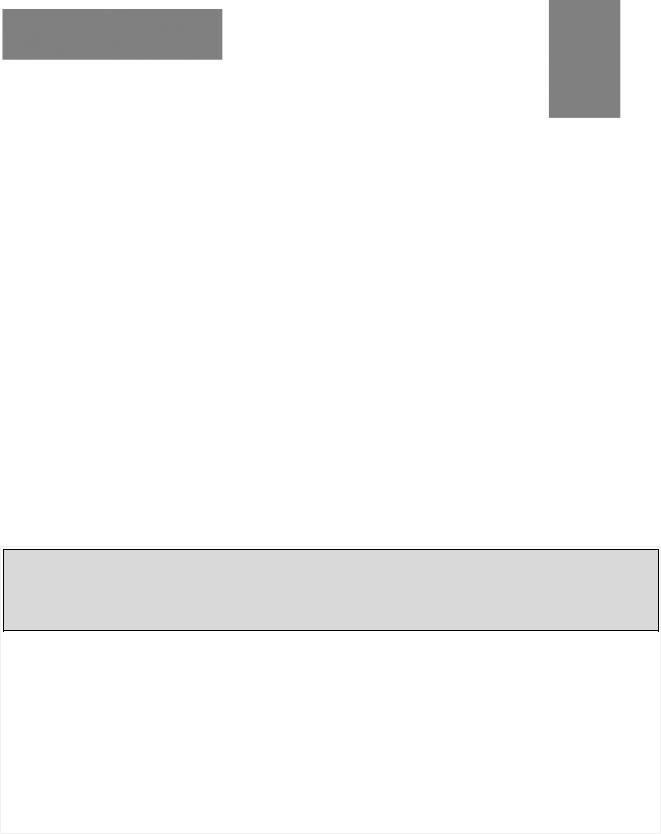
VPAT™
Voluntary Product Accessibility Template®
Sharp MX-2310U and MX-3111U Version 1.3 Sharp MX-2615N and MX-3115N
Sharp MX-2616N and MX-3116N
Compliant with minor exceptions
Date: July 1, 2013
Name of Products: Models MX-2310U, MX-3111U, MX-2615N, MX-2616N, MX-3115N, MX-3116N
Contact for more Information: VPAT Support Team (VPAT_Support_Team@sharpusa.com)
The purpose of the Voluntary Product Accessibility Template, or VPAT™, is to assist Federal contracting officials and other buyers in making preliminary assessments regarding the availability of commercial “Electronic and Information Technology” products and services with features that support accessibility. It is assumed and recommended that offerers will provide additional contact information to facilitate more detailed inquiries.
The first table of the Template provides a summary view of the Section 508 Standards. The subsequent tables provide more detailed views of each subsection. There are three columns in each table. Column one of the Summary Table describes the subsections of subparts B and C of the Standards. The second column describes the supporting features of the product or refers you to the corresponding detailed table, e.g., “equivalent facilitation." The third column contains any additional remarks and explanations regarding the product. In the subsequent tables, the first column contains the lettered paragraphs of the subsections. The second column describes the supporting features of the product with regard to that paragraph. The third column contains any additional remarks and explanations regarding the product.
Summary Table
VPAT™
Voluntary Product Accessibility Template®
|
|
|
|
|
|
|
|
|
|
|
|
|
|
|
Criteria |
|
Supporting Features |
|
Remarks and explanations |
|
|
|
|
|
|
|
|
|
|
Section 1194.21 |
|
Supports with Limitations |
|
Software Applications and Operating Systems |
|
|
|
|
|
Section 1194.22 |
|
Supports with Limitations |
|
Web-based Internet Information and Applications |
|
|
|
|
|
Section 1194.23 |
|
Not applicable |
|
Telecommunications Products |
|
|
|
|
|
Section 1194.24 |
|
Not applicable |
|
Video and Multi-media Products |
|
|
|
|
|
Section 1194.25 |
|
Supports with Limitations |
|
Self-Contained, Closed Products |
|
|
|
|
|
Section 1194.26 |
|
Not applicable |
|
Desktop and Portable Computers |
|
|
|
|
|
Section 1194.31 |
|
Supports with Limitations |
|
Functional Performance Criteria |
|
|
|
|
|
Section 1194.41 |
|
Supports with Limitations |
|
Information, Documentation and Support |
Return to the top of the page.
Page 1 of 14
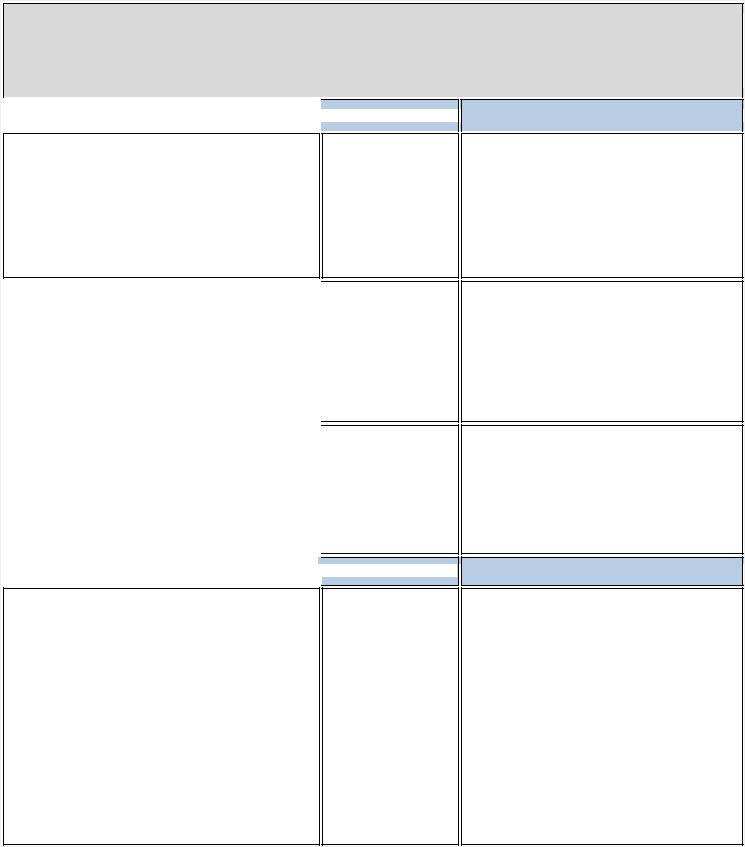
Section 1194.21 Software Applications and Operating Systems – Detail
VPAT™
Voluntary Product Accessibility Template®
Criteria |
|
Supporting Features |
|
||
|
|
|
(a) When software is designed to run on a system that has
a keyboard, product functions shall be executable from a Supports keyboard where the function itself or the result of
performing a function can be discerned textually.
Remarks and explanations
Regarding Sharp imaging (one of the functions of Sharpdesk® document management software), some mouse commands do not have a corresponding keyboard command. (ex. range specification of image data).
All buttons and links can be focused using keyboard in PRINTER DRIVER/ Printer Status Monitor.
(b) Applications shall not disrupt or disable activated |
|
|
features of other products that are identified as |
|
|
accessibility features, where those features are developed |
|
|
and documented according to industry standards. |
|
|
Applications also shall not disrupt or disable activated |
|
Supports |
features of any operating system that are identified as |
|
|
|
|
|
accessibility features where the application programming |
|
|
interface for those accessibility features has been |
|
|
documented by the manufacturer of the operating system |
|
|
and is available to the product developer. |
|
|
|
|
|
(c) A well-defined on-screen indication of the current focus |
|
|
shall be provided that moves among interactive interface |
|
Supports with |
elements as the input focus changes. The focus shall be |
|
|
|
Limitations |
|
programmatically exposed so that Assistive Technology |
|
|
|
|
|
can track focus and focus changes. |
|
|
|
|
|
Criteria |
|
|
Supporting Features |
||
|
|
|
Sharpdesk software runs on Microsoft™ OS and utilities.
PRINTER DRIVER/Printer Status Monitor are not designed to disrupt or disable other functions by design.
If the focus changes, the target will change in some ways. Ex. the frame color will change if a thumbnail is focused. The text will be bold if focused.
If the focus changes, the target will change in some ways. Ex. the frame line will change if an icon button is focused.
Remarks and explanations
(d) Sufficient information about a user interface element including the identity, operation and state of the element shall be available to Assistive Technology. When an image represents a program element, the information conveyed by the image must also be available in text.
Supports with Limitations
When Sharpdesk software displays image data, text describing the image is also displayed (ex. thumbnails are labeled with the name of each file in Desktop).
The information conveyed by the image can be available in text in Printer Driver.
The information conveyed by icon of printer condition can be available in Printer Driver. But, the information conveyed by mimic image of MFP cannot be available in text in Printer Status Monitor.
Page 2 of 14
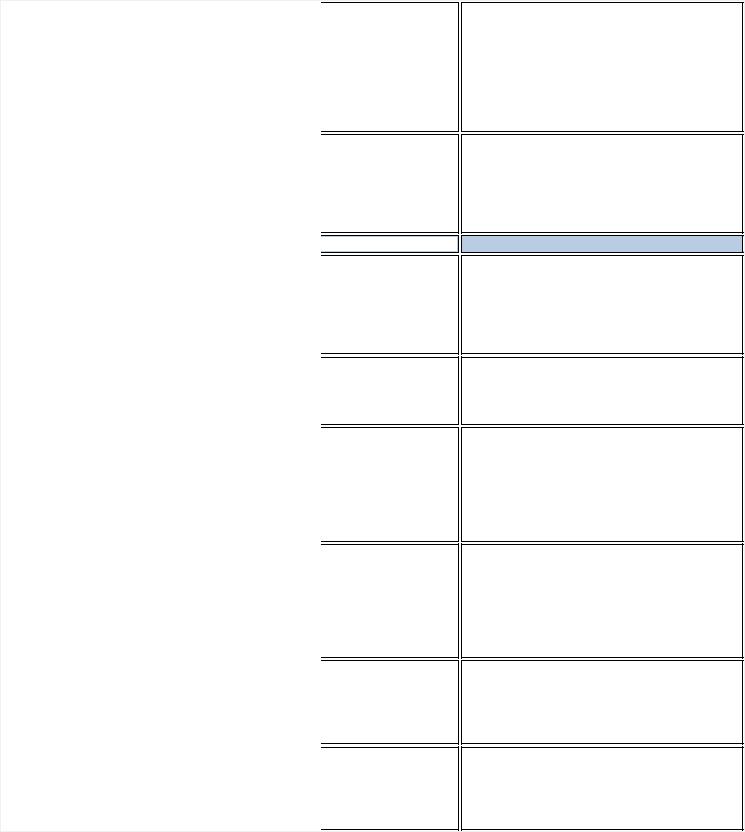
(e) When bitmap images are used to identify controls, |
|
|
status indicators, or other programmatic elements, the |
|
Supports |
meaning assigned to those images shall be consistent |
|
|
|
|
|
throughout an application's performance. |
|
|
|
|
|
|
|
|
(f) Textual information shall be provided through operating |
|
|
system functions for displaying text. The minimum |
|
Supports |
information that shall be made available is text content, |
|
|
|
|
|
text input caret location, and text attributes. |
|
|
|
|
|
Criteria |
|
Supporting Features |
|
|
|
(g) Applications shall not override user selected contrast |
|
Supports |
and color selections and other individual display attributes. |
|
|
|
|
|
|
|
|
(h) When animation is displayed, the information shall be |
|
|
displayable in at least one non-animated presentation |
|
Supports |
mode at the option of the user. |
|
|
|
|
|
|
|
|
(i) Color coding shall not be used as the only means of |
|
|
conveying information, indicating an action, prompting a |
|
Supports |
response, or distinguishing a visual element. |
|
|
|
|
|
|
|
|
(j) When a product permits a user to adjust color and |
|
|
contrast settings, a variety of color selections capable of |
|
Supports |
producing a range of contrast levels shall be provided. |
|
|
|
|
|
|
|
|
(k) Software shall not use flashing or blinking text, objects, |
|
|
or other elements having a flash or blink frequency greater |
|
Supports |
than 2 Hz and lower than 55 Hz. |
|
|
|
|
|
|
|
|
(l) When electronic forms are used, the form shall allow |
|
|
people using Assistive Technology to access the |
|
|
information, field elements, and functionality required for |
|
Supports |
completion and submission of the form, including all |
|
|
directions and cues. |
|
|
|
|
|
If an icon, an indicator and an element have the same image, each of them has the same meaning in Sharpdesk software.
When an icon, an indicator and an element have the same image, each of them has the same meaning in PRINTER DRIVER/ Printer Status Monitor.
Sharpdesk software displays text contents using functions of the OS.
PRINTER DRIVER/ Printer Status Monitor displays text contents using functions of the OS.
Remarks and explanations
Sharpdesk software doesn’t override the said selections and attributes.
PRINTER DRIVER/ Printer Status Monitor don’t override the said selections and attributes
Sharpdesk software doesn’t have animations.
PRINTER DRIVER/ Printer Status Monitor don’t have animations.
Color coding is not the only means in
Sharpdesk software.
PRINTER DRIVER/ Printer Status Monitor doesn’t have the information conveying function which use color coding as the only means.
In Sharpdesk document management software
(Sharp imaging) users can select a color from variety of color selections.
PRINTER DRIVER/ Printer Status Monitor doesn’t have adjust color and contrast setting Function.
Sharpdesk software doesn’t flash or blink text contents.
PRINTER DRIVER/ Printer Status Monitor are not designed to flash or blink.
Sharpdesk software, PRINTER DRIVER/
Printer Status Monitor doesn't use electronic forms.
Page 3 of 14
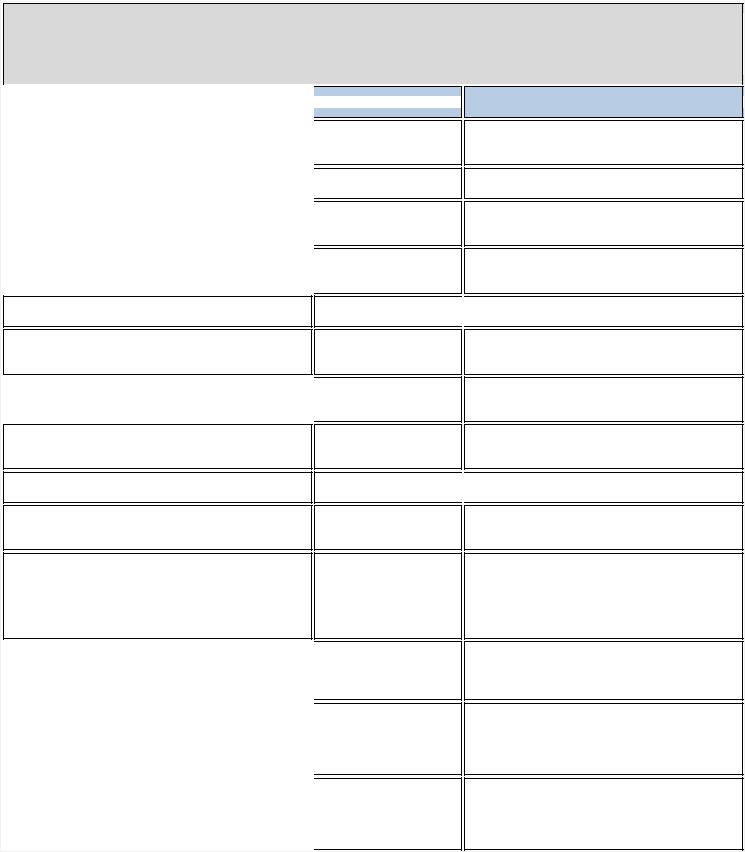
Section 1194.22 Web-based Internet information and applications – Detail
VPAT™
Voluntary Product Accessibility Template®
Criteria |
|
|
|
Supporting Features |
|
|
|
|
|
|
Support |
(a) A text equivalent for every non-text element shall be |
|
|
provided (e.g., via "alt", "longdesc", or in element |
|
|
content). |
|
|
|
|
|
(b) Equivalent alternatives for any multimedia |
|
|
presentation shall be synchronized with the presentation. |
|
|
|
|
Support |
(c) Web pages shall be designed so that all information |
|
|
conveyed with color is also available without color, for |
|
|
example from context or markup. |
|
|
|
|
Support |
(d) Documents shall be organized so they are readable |
|
|
|
|
|
without requiring an associated style sheet. |
|
|
|
|
|
(e)Redundant text links shall be provided for each active region of a server-side image map.
(f)Client-side image maps shall be provided instead of server-side image maps except where the regions cannot be defined with an available geometric shape.
(g) Row and column headers shall be identified for data |
|
Support |
|
|
|
tables. |
|
|
|
|
|
(h)Markup shall be used to associate data cells and header cells for data tables that have two or more logical levels of row or column headers.
(i)Frames shall be titled with text that facilitates frame identification and navigation
(j)Pages shall be designed to avoid causing the screen to flicker with a frequency greater than 2 Hz and lower than 55 Hz.
(k)A text-only page, with equivalent information or functionality, shall be provided to make a web site comply with the provisions of this part, when compliance cannot be accomplished in any other way. The content of the text-only page shall be updated whenever the primary page changes.
(l) When pages utilize scripting languages to display |
|
Support |
content, or to create interface elements, the information |
|
|
provided by the script shall be identified with functional |
|
|
text that can be read by Assistive Technology. |
|
|
|
|
|
(m) When a web page requires that an applet, plug-in or |
|
|
other application be present on the client system to |
|
|
interpret page content, the page must provide a link to a |
|
|
plug-in or applet that complies with §1194.21(a) through |
|
|
(l). |
|
|
|
|
Support |
(n) When electronic forms are designed to be completed |
|
|
on-line, the form shall allow people using Assistive |
|
|
Technology to access the information, field elements, |
|
|
and functionality required for completion and submission |
|
|
of the form, including all directions and cues. |
|
|
Remarks and explanations
For every non-text element, text for screen readers is provided.
No multimedia presentations (video/speech and sound) are used.
The web pages are designed so that all information conveyed with color is also available without color.
The documents are organized so that their contents are readable without requiring an associated style sheet.

 No image maps are used.
No image maps are used.
No image maps are used.
Column headers have different tags from cells so that column headers can be distinguishable. No row headers are used.
No data tables that have two or more logical levels of row or column headers are used.

 No frames are used.
No frames are used.
No videos are used.
The web pages comply with the provisions of this part.
The web pages utilizing scripting languages also provide functional text that can be read by Assistive Technology.
No applets, plug-ins and other applications are needed to interpret the web page contents.
Using Assistive Technology, all field elements and functionality required for completion and submission of the electronic forms are accessible.
Page 4 of 14
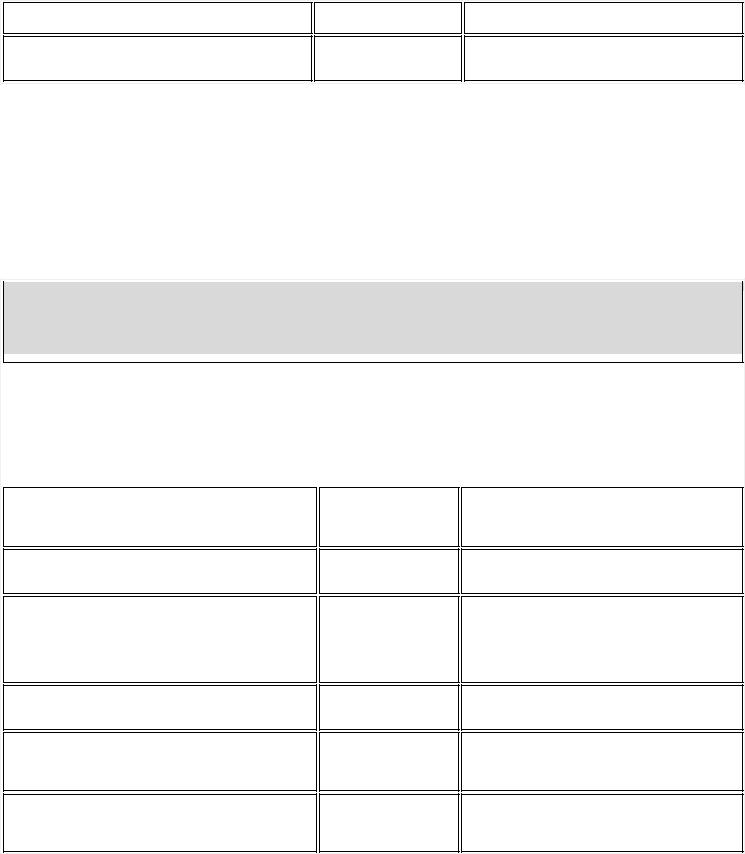
(o) A method shall be provided that permits users to skip Support repetitive navigation links.
(p) When a timed response is required, the user shall be alerted and given sufficient time to indicate more time is required.
The user interfaces are designed to allow users to easily skip the repetitive navigation links.
No user interfaces that require a timed response from users are provided.
Note to 1194.22: The Board interprets paragraphs (a) through (k) of this section as consistent with the following priority 1 Checkpoints of the Web Content Accessibility Guidelines 1.0 (WCAG 1.0) (May 5 1999) published by the Web Accessibility Initiative of the World Wide Web Consortium: Paragraph (a) - 1.1, (b) - 1.4, (c) - 2.1, (d) - 6.1, (e) - 1.2, (f) - 9.1, (g) - 5.1, (h) - 5.2, (i) - 12.1, (j) - 7.1, (k) - 11.4.
Return to the top of the page.
Section 1194.23 Telecommunications Products – Detail
VPAT™
Voluntary Product Accessibility Template®
|
|
|
|
|
|
|
|
|
|
|
|
|
|
|
Criteria |
|
Supporting Features |
|
Remarks and explanations |
|
|
|
|
|
|
|
|
|
|
(a) Telecommunications products or systems which |
|
Not Applicable |
|
|
provide a function allowing voice communication and |
|
|
|
|
which do not themselves provide a TTY functionality shall |
|
|
|
|
provide a standard non-acoustic connection point for |
|
|
|
|
TTYs. Microphones shall be capable of being turned on |
|
|
|
|
and off to allow the user to intermix speech with TTY use. |
|
|
|
|
(b)Telecommunications products which include voice communication functionality shall support all commonly used cross-manufacturer non-proprietary standard TTY signal protocols.
(c)Voice mail, auto-attendant, and interactive voice response telecommunications systems shall be usable by TTY users with their TTYs.
(d)Voice mail, messaging, auto-attendant, and interactive voice response telecommunications systems that require a response from a user within a time interval, shall give an alert when the time interval is about to run out, and shall provide sufficient time for the user to indicate more time is required.
(e)Where provided, caller identification and similar telecommunications functions shall also be available for users of TTYs, and for users who cannot see displays.
(f)For transmitted voice signals, telecommunications products shall provide a gain adjustable up to a minimum of 20 dB. For incremental volume control, at least one intermediate step of 12 dB of gain shall be provided.
(g)If the telecommunications product allows a user to adjust the receive volume, a function shall be provided to automatically reset the volume to the default level after every use.
Not Applicable
Not Applicable
Not Applicable
Not Applicable
Not Applicable
Not Applicable
Page 5 of 14
